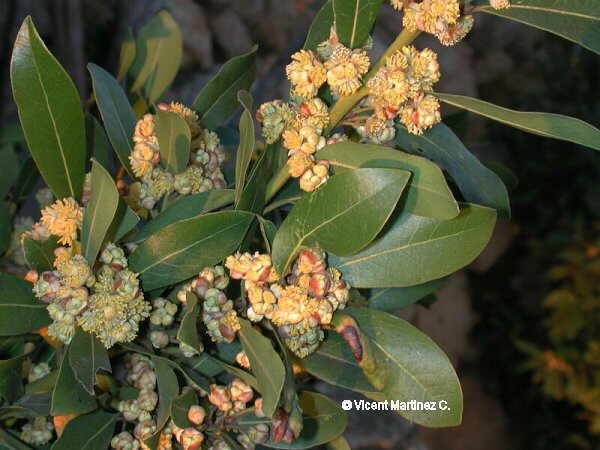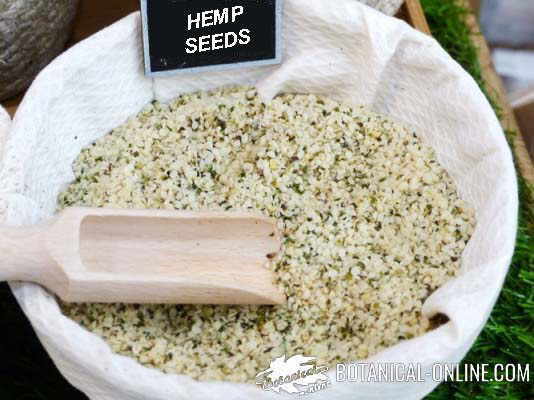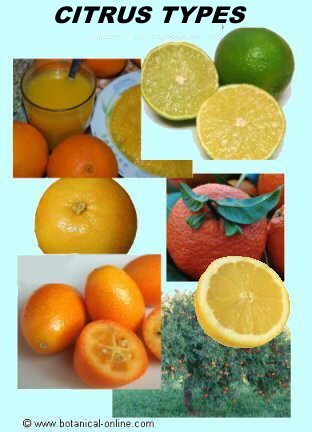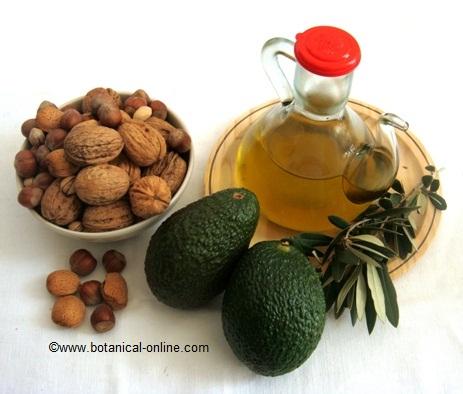Contents
Buckwheat flour characteristics
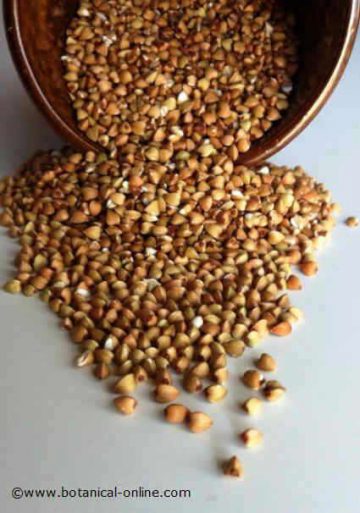
Although not a cereal, buckwheat contains 70% starch in grain. Percentage exceeding even the corn in terms of carbohydrate content. It is for this reason that this pseudocereal has been very present in food and flour has been used as a thickener.
Similar to other cereal flour, it is rich in carbohydrates, which gives it a high binding capacity, that’s to say, capable of forming a very dense mass and resistant when mixing this flour with water. This makes it ideal for preparing masses as famous noodles or soba noodles.
Buckwheat flour stands out because is gluten-free, making it ideal for people with celiac disease who eat foods without gluten (protein found in most grains).
Also, not being a cereal, buckwheat has the amino acids missing in cereals and legumes. For these reasons these food groups go perfectly with buckwheat grains, because it increases the biological value of their proteins.
Composition of buckwheat flour
- Carbohydrates: Buckwheat flour contains mostly carbohydrates, in the form of starch, which give it thickening properties.
- Protein: It is worth to highlight its lysine content, amino acid deficient in all cereals, and methionine, limiting amino acid in legumes.
Adding buckwheat flour is a practical way to enrich vegetarian dishes with amino acids, thus increasing its nutritional quality.
- Fat: Buckwheat flour contains very little fat, which makes it a very healthy food for people with vascular problems and cholesterol.
- Fiber: Buckwheat flour is always whole. This is because, unlike grain, after the peeling, it has no outer layers that can be refined.
Soluble fiber flour predominates in this type of flour, reason why it presents slightly gelatinous texture as in the typical kashas.
- Vitamins: Mainly niacin, folic acid, pantothenic acid, and to a lesser extent, other vitamins in foods rich in carbohydrates, such as thiamine and riboflavin.
- Minerals: specially potassium, with low sodium content, which gives it diuretic properties. It also contains selenium, a powerful antioxidant also present in milk.
Therefore, buckwheat flour is suitable to complete the mineral content of the dishes as béchamel sauces, pastas, etc.
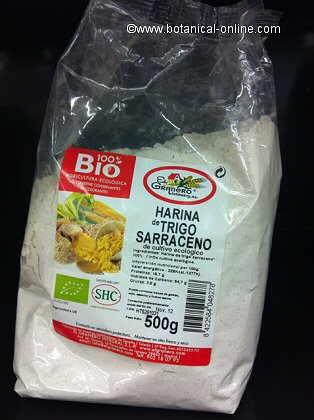 Buckwheat flour
Buckwheat flour
Curiosities. Traditional cuisine with buckwheat flour
- In Japan, buckwheat flour is consumed in the form of pasta, specifically with soba noodles. There are many varieties as Towari soba, made with 100% buckwheat flour, the Hegi soba, which are seasoned with seaweed soba or Mugi soba noodles made with sage, among others.
- In Southeast Asia, buckwheat is a staple in many mountain areas, where flour is used for making chapatis, unleavened flat bread type, thin and characteristically round. Its flavor is very intense when made with buckwheat flour, but wheat is sometimes used.
- In India there is a traditional dish used as appetizer called pakora. This is a mixture of vegetables and buckwheat flour which is fried. It is crunchy and very flavorful. The flour can also be mixed with mashed potatoes to make parathas, Indian bread that is used for the fasting and in some religious celebrations.
- In Russia: The pancakes Blinis are traditional Russian bread pieces, which are made with buckwheat flour, cooked in the oven and served with cream or sour cream.
- In the Netherlands: In Dutch cuisine, they made Poffertjes, traditional sweet bread.
- In Italy: In Valtellina and in the Grisons, Pizzoccheri is consumed, a short noodle dish made with buckwheat flour (80%) and durum wheat (20%). Also, in the same region, they prepare taragna polenta, a paste made with buckwheat flour, water, cheese and butter, cooked in a pot for a long time, and stirring constantly.
- In France: the traditional galettes de sarrassin are made of buckwheat, a crêpes or pancakes made with buckwheat flour.
Before marketing, buckwheat grain is washed and graded according to size and thickness. Then, the grains are compressed between two wheels in order to withdraw the outer sheath without damaging the contents within the grain. Subsequently, crushed or milled grain in different thicknesses in order to obtain buckwheat flour.
Buckwheat flour is the product from the milling of common buckwheat grain (Fagopyrum esculentum Moench.)
This flour has a role in the culinary traditions of the people in Asia, Russia, and northern and eastern Europe, being the main ingredient of many bread types as part of crepes, pasta, etc..
Nutritional composition of buckwheat flour per 100g
| Composition of buckwheat flour per 100g | |
| Nutrient | Content |
| Calories (Kcal) | 335 |
| Carbohydrates (g) | 70,59 |
| Proteins (g) | 12,62 |
| Fats (g) | 2,57 |
| from whom, saturated(g) | 0,68 |
| from whom, monounsaturated (g) | 0,95 |
| from whom, polyunsaturated (g) | 0,94 |
| Fiber (g) | 10 |
| Vitamin B1 or thiamin (mg) | 0,41 |
| Vitamin B2 or riboflavin (mg) | 0,19 |
| Vitamin B3 or niacin (mg) | 6,15 |
| Pantothenic acid (mg) | 0,44 |
| Folic acid (mcg) | 54 |
| Vitamin C (mg) | 0 |
| Vitamin E (mg) | 1,03 |
| Calcium (mg) | 41 |
| Magnesium (mg) | 251 |
| Phosphorus (mg) | 337 |
| Potassium (mg) | 577 |
| Sodium (mg) | 11 |
| Zinc (mg) | 3,12 |
| Selenium (mcg) | 5,7 |
| Manganese (mg) | 2,03 |
![]() More information about buckwheat
More information about buckwheat




